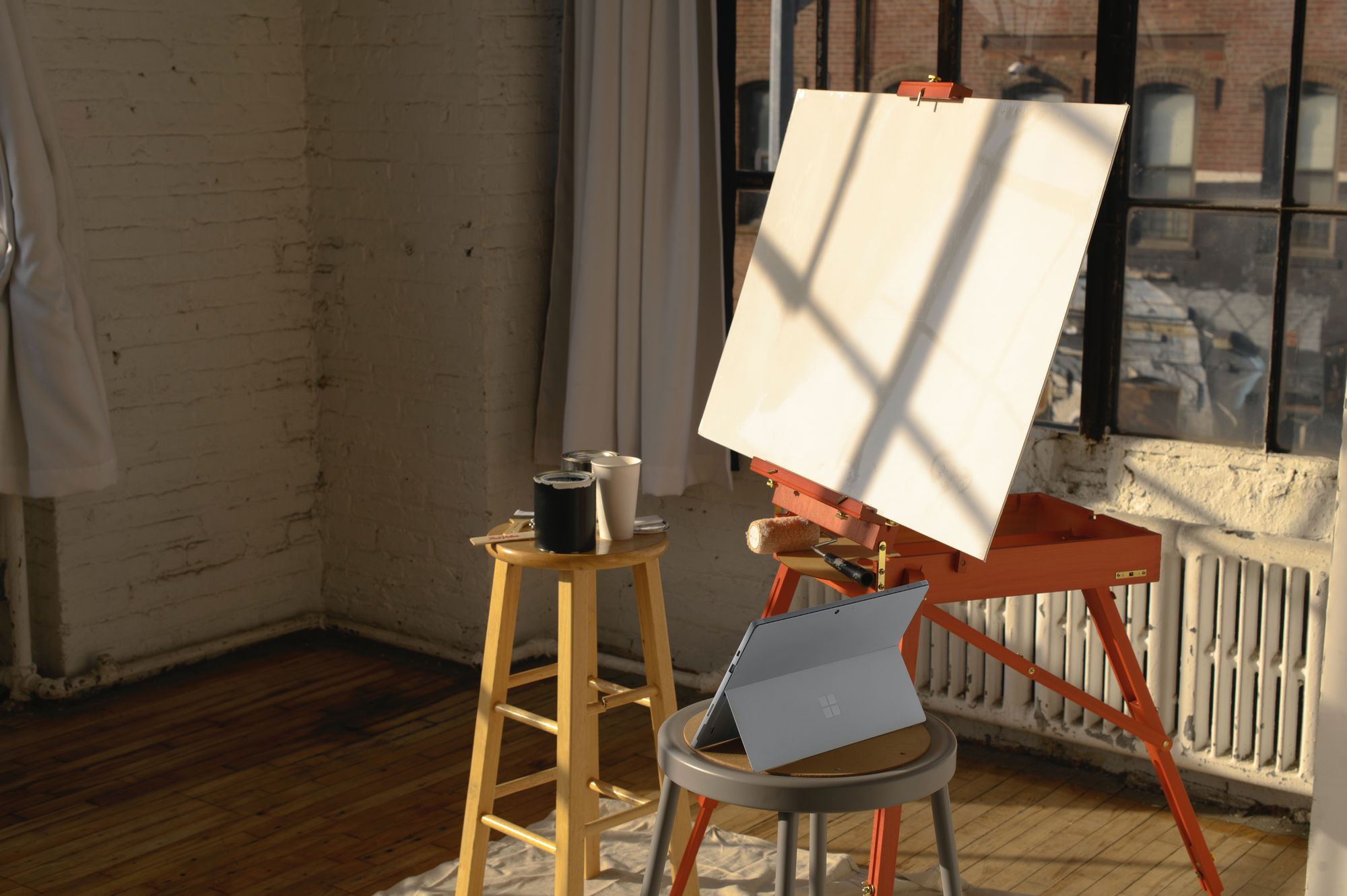
Painting 101: Tips for Beginners
Are you looking to get started in painting? It’s an exciting journey and a great way to express yourself creatively. But it’s also not always easy to know where to start. Here are five essential tips for painting beginners to help you get off on the right foot.
Choose the Right Canvas Size
The size of your canvas will determine how much detail you can include in your painting. A large canvas gives you more room for intricate details, while a smaller canvas may be better suited for less detailed paintings with fewer colors. Choose a size suitable for the type of painting you’re doing.
Many professional painters and hobbyists start with the basics regarding canvas materials; the size of the canvas is central in determining the composition of their work. There are five most common sizes used to express various artistic styles: 8″ x 10″, 11″ x 14″, 16″ x 20″, 18″ x 24″, and 24″ x 36″. Depending on how intricate and detailed the artwork is designed to be, larger canvases may need to be used. With a large canvas, an artist can create artwork with bold strokes as they offer more room for creativity while emphasizing shapes or lines throughout a design. On the other hand, smaller sizes are most useful for creating a painting that requires more control and attention, like portraiture. From landscapes to still-life works of art, the standard canvas sizes can make creating art accessible to anyone.
Select Quality Supplies
The quality of your supplies makes all the difference in your painting. Investing in high-quality materials such as paints, brushes, and canvases ensures that they will last longer and produce better results. You don’t have to break the bank on these materials, but it will make a difference if you select quality over quantity when shopping for supplies.
Knowing the quality of your painting materials is essential to having a refined, well-crafted piece. The best way to gauge the quality and reliability of your materials is to research the brands, products, and reviews from other artists who have used them in the past. Look for red flags such as low ratings or customer complaints when researching material options. It can also be helpful to purchase sample sizes of new materials, so you don’t have to spend too much money upfront if it doesn’t work out. Finally, try investing in art materials with lifetime guarantees so you know you are getting an excellent product that has been crafted for your livelihood. By taking these steps when choosing your paint and canvas, your masterpiece will come out just as beautiful as you intended from start to finish.
Practice Drawing First
If you want to improve your painting skills quickly and easily, practice drawing first. Drawings are typically simpler than paintings since they do not involve color or light effects. Drawing prepares you to understand how tone, shadow, and perspective work together to create interesting art pieces. Use this knowledge when creating paintings later on!
Painting is incredibly fulfilling and can enhance your life in many ways. Not only does painting allow you to express yourself creatively and explore new ideas, but regular painting can also help reduce stress and increase relaxation. Additionally, it’s a great way to keep learning and sharpening your mind throughout the years. It’s also a great family activity wherein everyone from children to seniors can participate or observe these masterpieces being created in a calming environment. Through painting, you can connect with other individuals who may share similar interests or skills by taking part in galleries, art contests, or classes for people of all experience levels. Ultimately painting is a creative outlet that offers physical and mental benefits to those who practice it regularly and make time for this inspiring pastime.
Understand Color Theory
Color theory is an important concept in art and design that explains how colors interact and affect our emotions or moods when viewing them together in the artwork. Knowing what colors look good together helps create harmony within a painting —and knowing which colors clash can help avoid jarring compositions that don’t quite work together as intended.
Color theory is an interesting and beneficial subject of study that can add a lot of creativity and nuance to artwork. To get started, it’s important to understand the basics of color harmony, which refers to combining colors. It’s also helpful to learn more about the three primary colors – blue, red, and yellow – as well as the various shades generated by their combinations. Additionally, it’s worth understanding certain colors’ psychological effects; for example, yellow is generally seen as a hopeful color, while blue is often associated with determination and relaxation. With the familiarity of these basics, you can begin researching more complex topics, such as color symbolism, and create beautiful works based on your newfound knowledge!
Take Your Time
If there’s one thing all painters must remember—it’s this: take your time! Painting can take anywhere from several hours to several days, depending on the project at hand, so don’t rush it! This allows time for corrections or changes as needed before committing anything permanently to the canvas. Taking breaks throughout the process can also help keep things fresh and prevent creative burnout from happening too soon!
Taking your time when painting is essential to producing high-quality and meaningful artwork. While rushing might seem to speed up the painting process, it often leads to subpar results due to mistakes or sloppiness. Taking your time allows you to think about composition, color selection, brush strokes, and lighting—all critical elements of paintings. Furthermore, taking your time when painting encourages intentional decisions instead of knee-jerk reactions or impulsive choices, which can ultimately bring greater satisfaction in the resulting work. Taking a step back from time to time helps to see the artwork from a wider perspective as developing pieces constantly add new information. When we take our time, we give ourselves the opportunity for creativity and potential experimentation as well as the potential for marvelous results that could not be achieved if rushed.
These five tips are only the beginning of a long journey ahead! With practice and patience come great rewards—so don’t give up if things seem challenging at first; just keep exploring different techniques until something clicks! There really is no “right” or “wrong” way of creating art—so just enjoy yourself and have fun with it! With these tips under your belt, beginner painters can feel confident starting their artistic journey toward becoming professional painters someday soon! Best of luck!

